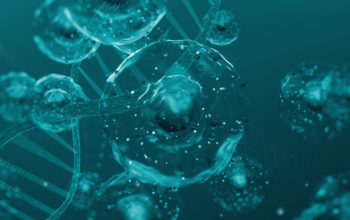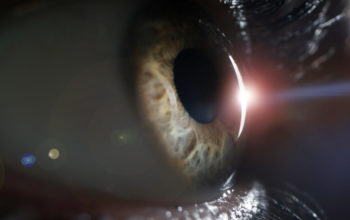
Date: 4th October 2019
A breakthrough in synthetic biology and chemical engineering may lead to a simpler, cleaner, and more cost-effective manufacturing process of an anti-diabetic drug.
The number of people with diabetes has risen from 108 million in 1980 to 422 million in 2014 (The World Health Organization). With an estimated 1.6 million deaths directly attributed to diabetes in 2016, it is expected by 2045 this will rise to 629 million.
Diabetes is a chronic disease which occurs when the pancreas cannot produce, or the body cannot use, insulin efficiently. Insulin, a hormone, regulates the metabolism of carbohydrates, fats and protein by promoting the absorption of carbohydrates, especially glucose from the blood into liver, fat and skeletal muscle cells. In diabetics, levels of glucose are often high (hyperglycaemia) which is associated with damage and failure of various organs and tissues.
Current diabetes disease management relies primarily on medication to lower glucose levels in the blood and so prevent hyperglycaemia. With the prevalence of diabetes so high there is a drive to produce, efficient and lower cost anti-diabetic drugs. This week CSIRO, Australia’s national science agency, announced that they have been inspired by nature to create ‘nanomachines’ that are able to produce a cost-effective anti-diabetic drug called D-fagomine; a chemical compound able to mimic the function of insulin in vivo.
Nanomachines
Naturally occurring enzymes are modified to function as nanomachines, which can convert the cheap and abundant chemical glycerol into D-fagomine.
By breaking down the conversion of glycerol to D-fagomine into separate components, multiple modified enzymes are designed so that each has a unique specialised role. Placed in series, each enzyme performs just one chemical conversion and then passes the product along the line to the next enzyme and the next step in the assembly line.
The method has been reported to be a cleaner and quicker method of producing D-fagomine than those currently in place.
The potential for nanomachines is far reaching
Now the design principles for these nanomachines is understood it is hoped that this technology can be adapted for other uses. In principle it can be applied to the manufacturing of other drugs which are reliant on chemical reactions. However, further variants could be designed to even produce biodegradable plastics or biofuels and the team are now looking to test this nanomachine further, to test the production line and begin commercial trials.
We have reported recently the use of nanobots and nanocapsules in a new wave of drug delivery systems. Certainly nanotechnology is fast becoming a powerful and crucial tool in our medical arsenal, alongside its fundamental importance in the creation of accurate delivery systems, this new method of nanotechnology would be an interesting addition for the drug manufacturing process.
For more information please read the press release from CSIRO


